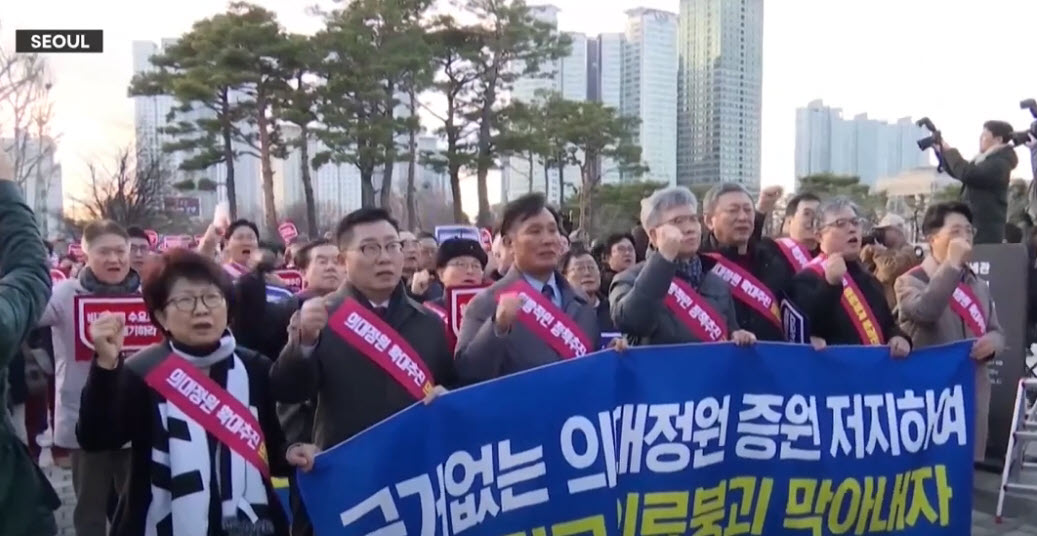The medical landscape in South Korea is on the brink of a severe crisis as the mass walkout by trainee doctors enters its second week, with approximately nine thousand young doctors having resigned since last Monday. The unrest stems from the government’s controversial plan to expand the number of spots in medical schools by a significant 65 percent, a move that has sparked widespread protests within the medical community.
The ongoing walkout is a culmination of discontent among trainee doctors who vehemently oppose the government’s proposed increase in medical school admissions. The plan, aimed at addressing a perceived shortage of medical professionals, has instead triggered a mass exodus of young doctors who view it as detrimental to the quality of medical education and healthcare delivery.
As the walkout persists, concerns are escalating about the potential ramifications for the country’s healthcare system. The resignation of a substantial number of young doctors could lead to staffing shortages in hospitals and clinics, exacerbating an already strained healthcare infrastructure. The risk of delayed medical services and compromised patient care looms large, placing immense pressure on the government to find a resolution.
The South Korean government contends that the expansion of medical school admissions is a necessary step to address the shortage of healthcare professionals, particularly in rural areas. Officials argue that increasing the number of doctors is crucial for ensuring broader access to quality healthcare services. However, the government’s stance has been met with staunch opposition from the medical community, leading to a protracted standoff.
Efforts to negotiate a resolution between the government and the striking doctors have faced numerous challenges. The key sticking point revolves around the government’s insistence on proceeding with the planned increase in medical school spots, while the doctors demand a reconsideration of this policy. With neither side showing signs of backing down, the impasse persists, prolonging the medical crisis.
Public sentiment appears divided, with some expressing understanding of the government’s rationale for expanding medical education opportunities, while others sympathize with the concerns raised by the striking doctors. The impact on patient care and the overall functionality of the healthcare system has led to a broader debate about the balance between addressing workforce shortages and ensuring the quality of medical training.
As South Korea grapples with the continuing doctor walkout, the nation faces a critical juncture in determining the future of its healthcare system. The government must weigh the imperative of addressing workforce shortages against the potential fallout from the resignation of a significant number of young doctors. The coming days will reveal whether negotiations can yield a resolution or if the standoff intensifies, deepening the medical crisis.



